Plant Care 101
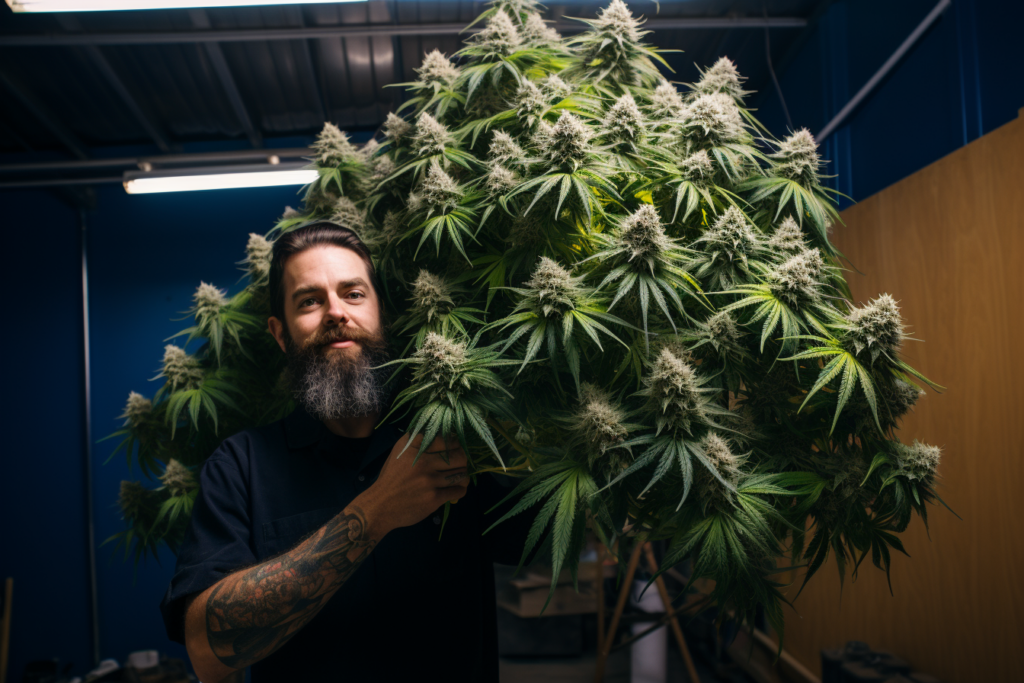
Welcome to the ultimate guide on cannabis plant care, proudly presented by Sativa University. As experts in cannabis education, we’ve crafted this comprehensive article to assist both novice and experienced growers in mastering the intricacies of pH balance, water quality, and nutrient management.
Our goal is not just to guide you through the basics but to elevate your skills to a professional level. With insights from our renowned courses and certifications, this guide is your first step towards becoming a master grower, ensuring your cannabis crop thrives and flourishes.
Understanding Cannabis and pH
Why pH is Critical for Cannabis Growth The pH level of your growing medium is a crucial factor in the health and productivity of your cannabis plants. It affects the plant’s ability to absorb nutrients effectively. Let’s delve into the optimal pH ranges and their impact on nutrient uptake.
Optimal pH Levels for Cannabis
- For Soil Growers: Aim for a pH range of 5.8 to 6.8, targeting 6.3 for optimal results.
- For Hydroponic Systems: Maintain a pH around 6, following manufacturer nutrient recommendations.
The Impact of pH on Nutrient Absorption
A pH imbalance can lead to nutrient deficiencies, even when the soil is rich in nutrients. Understanding how to monitor and adjust pH levels is crucial for maintaining a healthy cannabis plant.
The Role of Water Quality in Cannabis Cultivation
Local Water Sources and Cannabis Health The quality of the water you use in cannabis cultivation can significantly affect plant health.
Local Water and Its Effects
Different regions have varying water qualities, which can influence the pH and mineral content of your soil or hydroponic system. Regular testing of your water source is essential.
Using Deionized Water
Deionized water, stripped of minerals, offers a blank slate for precise nutrient management. For home growers, tap water often suffices, but understanding its properties is key.
Navigating Cannabis Deficiencies and Nutrients
Balancing Micronutrients and Macronutrients Cannabis plants require a delicate balance of both micro and macronutrients for optimal growth.
Micronutrients and Macronutrients
- Micronutrients: Small quantities of Sulphur, Zinc, Silicon, Copper, etc., are vital for cellular growth.
- Macronutrients: Larger amounts of Phosphorus, Potassium, and Nitrogen are crucial during growth and bloom stages.
Mobile vs. Immobile Nutrients
Understanding the difference helps in identifying deficiencies. Mobile nutrients, like Phosphorus, transfer between plant parts, while immobile nutrients, such as Zinc, remain where they are absorbed.
Prevention vs. Cure in Cannabis Cultivation
Strategies for Healthy Growth Preventive measures are often more effective and easier than treating problems after they arise.
Avoiding Nutrient Deficiencies
Using high-quality soil and larger containers can significantly reduce nutrient deficiencies.
Understanding Nutrient Lockout
Nutrient lockout, where plants can’t absorb nutrients even when present, is often a pH issue. Maintaining the correct pH is critical.
Identifying and Treating Nutrient Deficiencies in Cannabis
Rapid Response for Plant Health Quick identification and treatment of deficiencies are crucial for the health of your cannabis plants.
Signs of Nutrient Deficiency
Learn to recognize the signs of deficiency – yellowing leaves, stunted growth, etc., and understand what each symptom indicates.
Effective Treatment Strategies
Once a deficiency is identified, correct it with targeted nutrient supplementation, always considering the overall pH and health of the plant.
Conclusion
Mastering the art of cannabis cultivation is a journey that begins with a deep understanding of pH balance, water quality, and nutrient management. The knowledge you’ve gained from this guide is a solid foundation, but true mastery lies in continuous learning and practice. At Sativa University, we provide comprehensive courses and certifications that can take your skills to a professional level, ensuring not just the health and yield of your cannabis plants, but also your growth as a master grower.
Ready to Boost Your Yields?
Elevate your cannabis cultivation journey with Sativa University. Explore our extensive range of resources, articles, and expert-led courses to deepen your understanding and skill set. Join our vibrant community of cannabis enthusiasts and professionals, and stay at the forefront of cannabis care with our latest tips, tricks, and industry insights. Enroll in our courses and earn certifications to truly distinguish yourself in the world of cannabis cultivation. Start your journey towards mastery with Sativa University today.
Visual Plant Deficiency Guide
Click any image below to learn more or click here to check out our Interactive Cannabis Growbook.

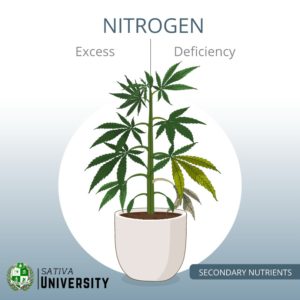
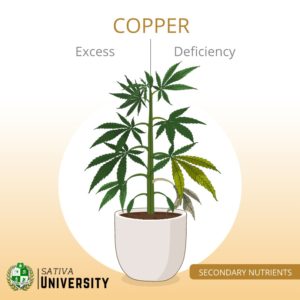
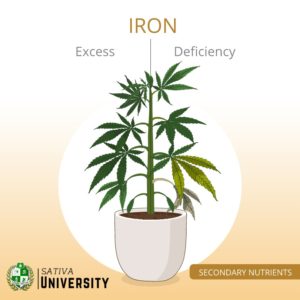
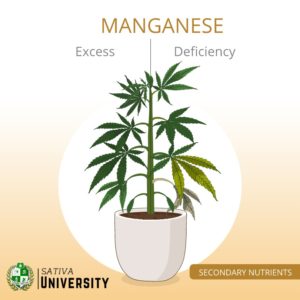
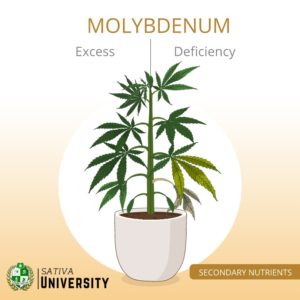
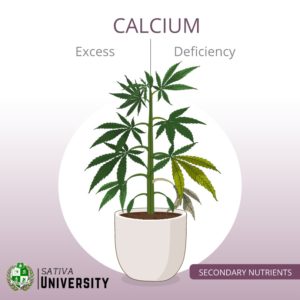
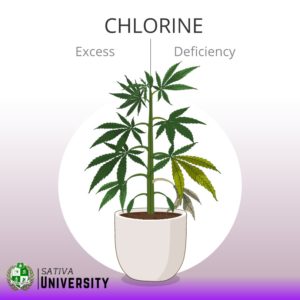
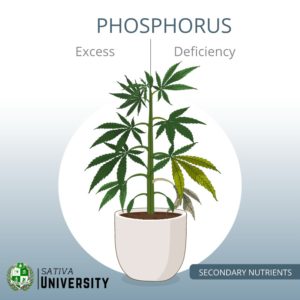
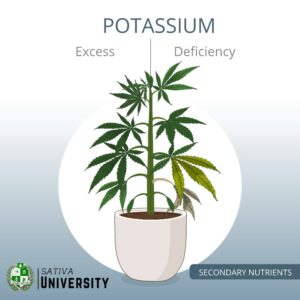
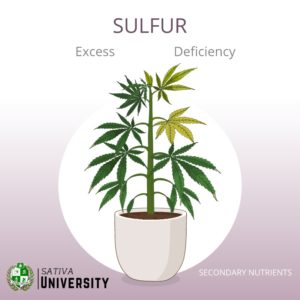
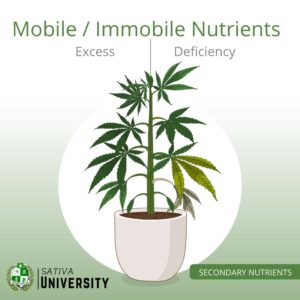
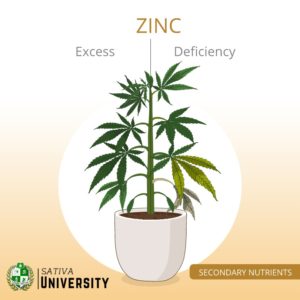
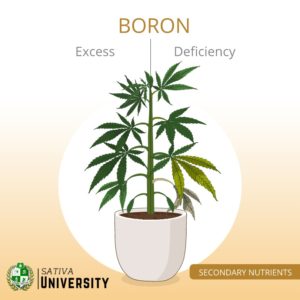
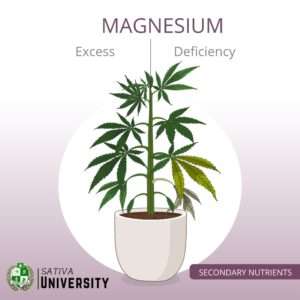
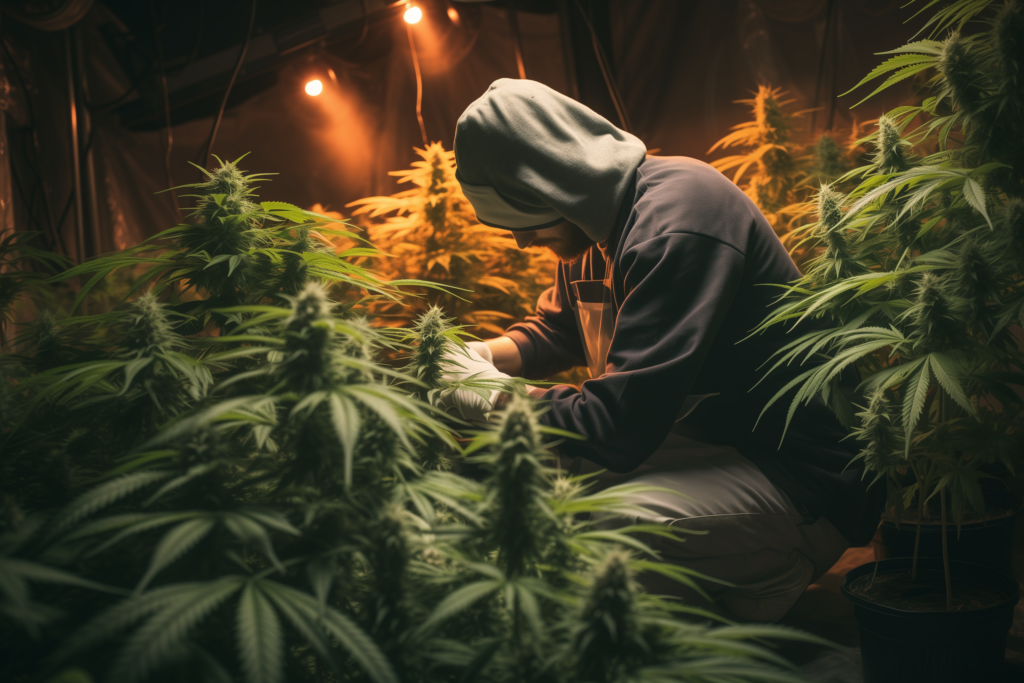
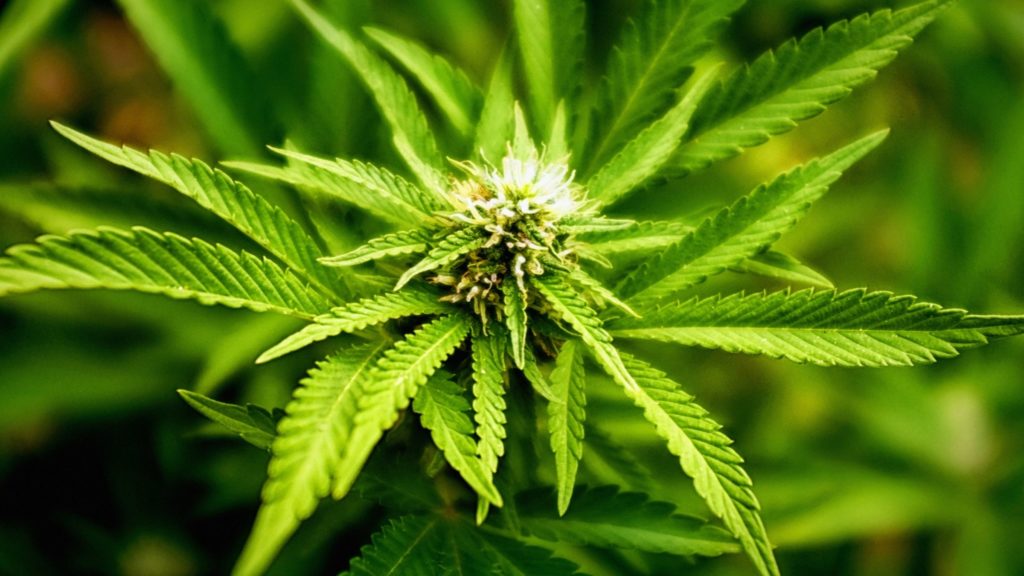
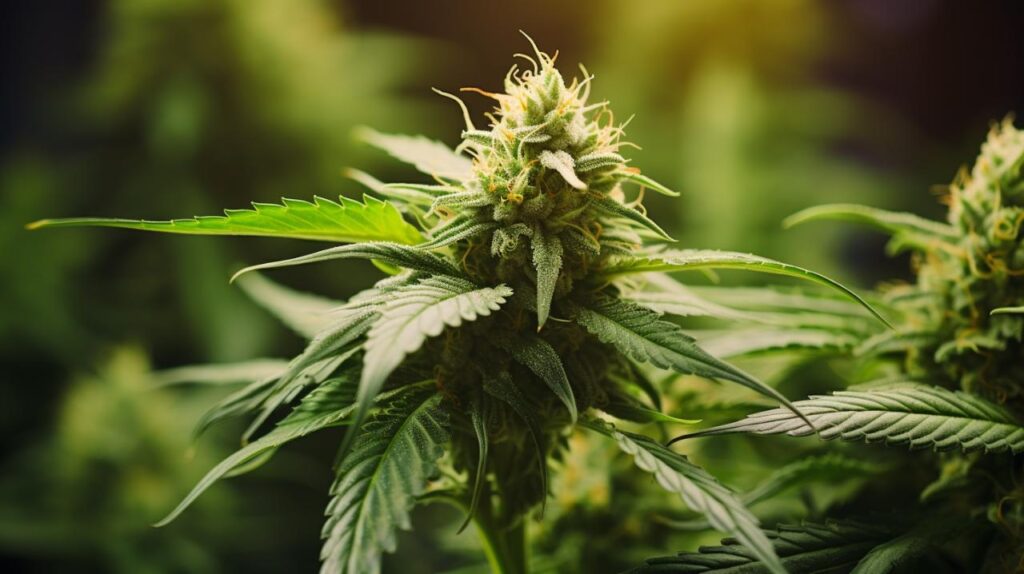
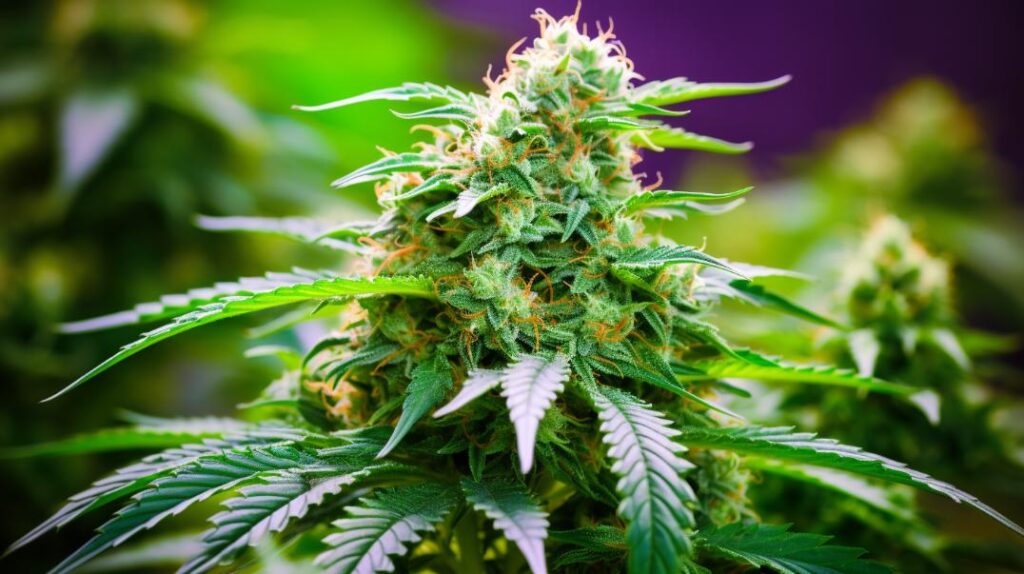
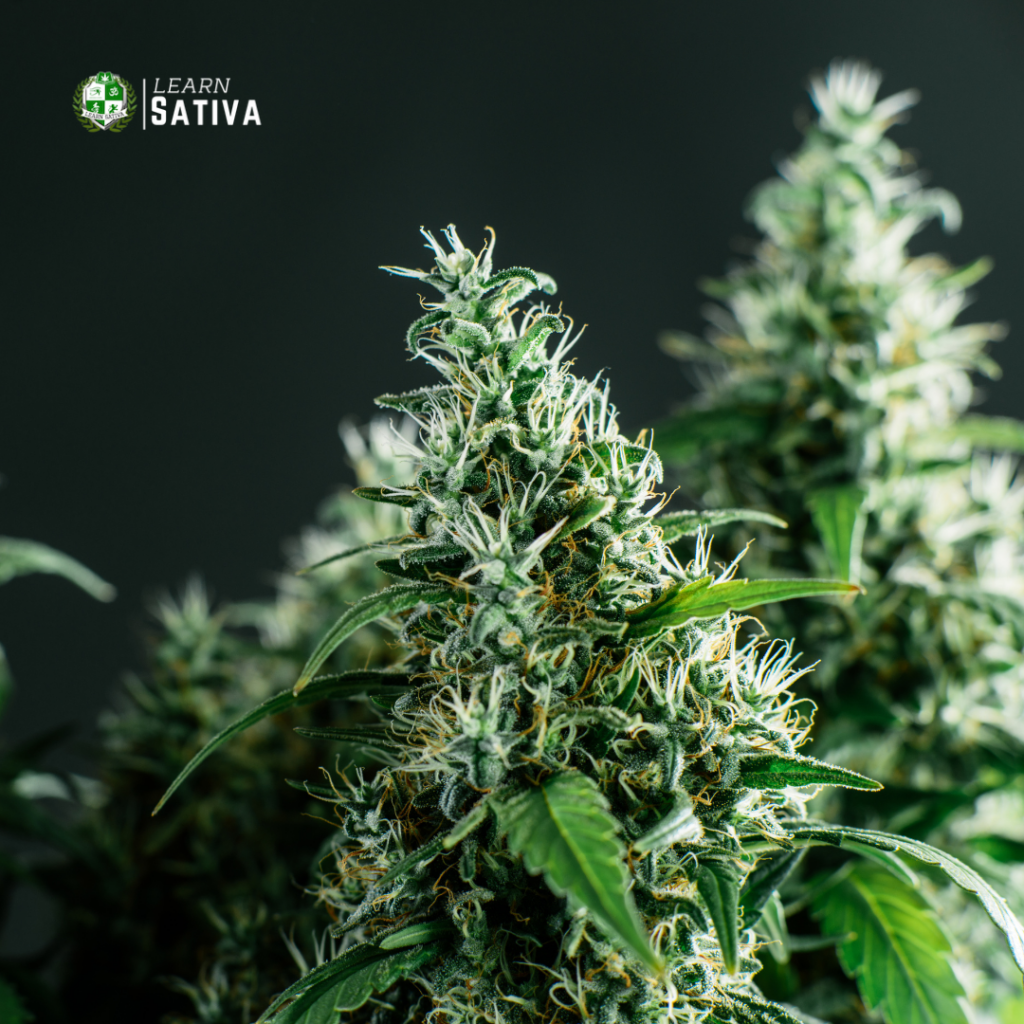

Responses